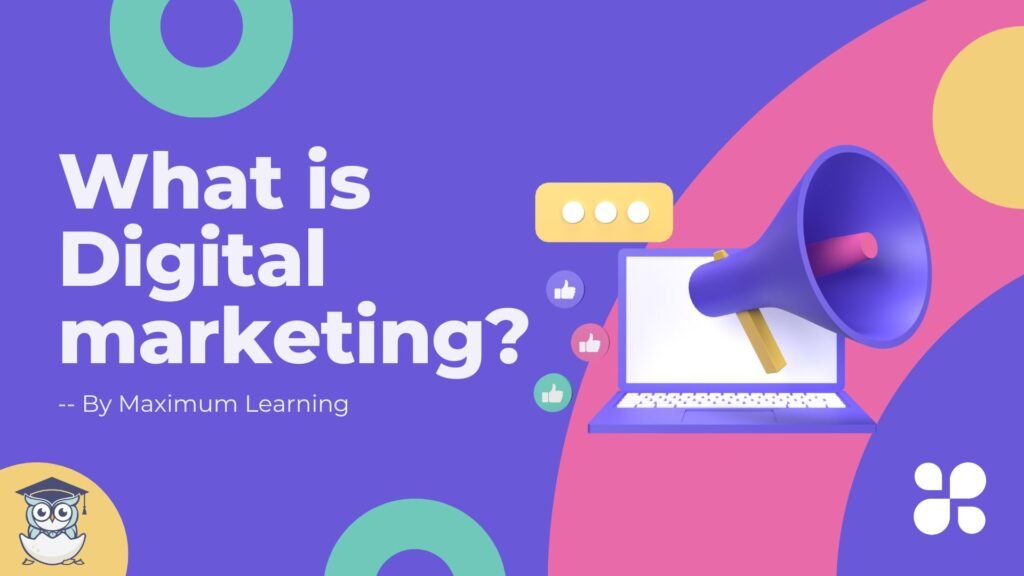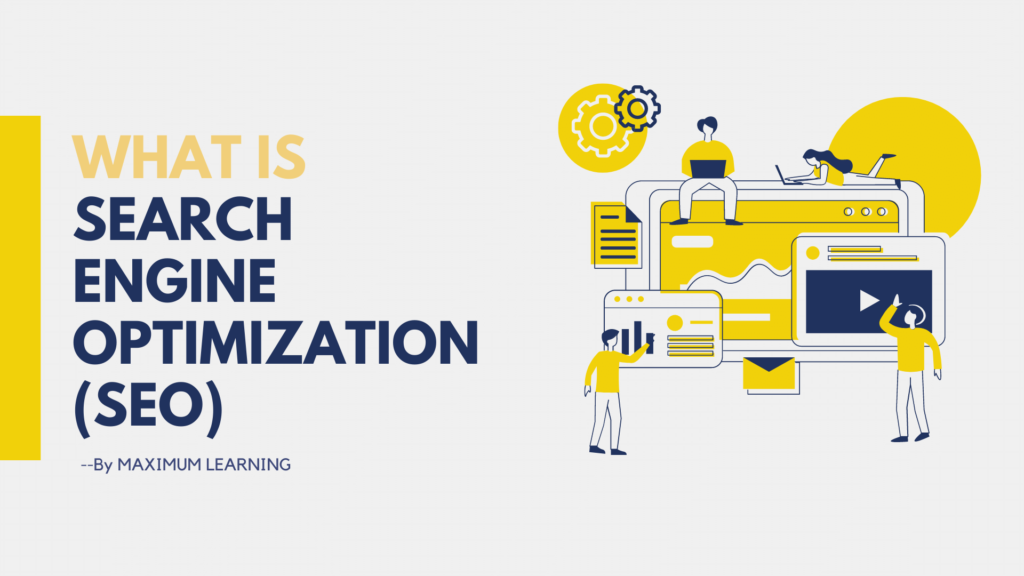What is Email Marketing Automation?
Email marketing automation is a sophisticated approach that leverages technology to enhance the efficiency and personalization of communication with your audience. Through this method, businesses can send tailored messages or emails to specific segments of their audience by setting predefined triggers and behaviors. Essentially, it allows for the automatic delivery of content based on user interactions or predetermined criteria, ensuring that the right message reaches the right audience at the most opportune moments. This not only saves time and resources but also enables businesses to create more targeted and relevant communication, ultimately fostering stronger connections with their audience.
How Email Marketing Automation Works?
Email marketing automation operates at its core by employing specialized software and tools to facilitate the automatic delivery of personalized messages to your audience. The process is initiated by specific actions or events, often referred to as triggers, which prompt the automated system to respond with pre-determined messages. This strategic approach allows businesses to nurture leads, maintain engagement with subscribers, and guide recipients toward desired actions seamlessly. By leveraging automation, companies can efficiently manage and scale their email campaigns, ensuring that each communication is not only timely but also tailored to individual user behaviors and preferences. This targeted and automated approach significantly enhances the effectiveness of email marketing efforts, fostering stronger connections and yielding better results for businesses.
Benefits of Email Marketing
- Targeted Communication: Email marketing allows businesses to tailor their messages to specific audience segments, ensuring that the content is both personalized and relevant. By understanding the preferences and needs of different groups, companies can deliver messages that resonate more effectively, increasing the likelihood of engagement and conversion.
- Cost-Effective: Compared to traditional marketing channels such as print or TV advertising, email marketing is remarkably cost-effective. The absence of printing and postage costs, coupled with the ability to reach a large audience with a single click, makes email campaigns a budget-friendly option for businesses of all sizes. This cost efficiency is further emphasized by the high return on investment (ROI) that email marketing often delivers.
- Analytics and Insights: One of the significant advantages of email marketing is the ability to gain valuable insights into user behavior and campaign performance. Through detailed analytics, businesses can track metrics like open rates, click-through rates, and conversion rates. This data provides actionable information, allowing companies to refine their strategies, optimize content, and better understand their audience’s preferences.
- Increased Engagement: Email marketing fosters increased engagement by delivering targeted and timely communication. By tailoring content to the needs and interests of the audience, businesses can create more compelling messages that capture attention and encourage recipients to take desired actions. The ability to segment audiences further enhances engagement by ensuring that each message resonates with its intended recipients.
- Automation Efficiency: Automation in email marketing streamlines workflows, saving time and resources for businesses. Automated campaigns, such as drip sequences and triggered emails, allow companies to maintain consistent communication without manual intervention. This efficiency not only enhances the scalability of email marketing efforts but also ensures that messages are sent at optimal times, contributing to improved engagement and conversion rates.
Email Marketing Campaigns: Creating Impactful Content
Know Your Audience:
Successful email campaigns begin with a deep understanding of your audience. Tailoring content to resonate with their preferences, needs, and behaviors is the foundation of effective communication. Segmenting your email lists allows for precise targeting, ensuring that messages cater to specific demographics or interests within your audience.
Compelling Subject Lines:
The first impression matters, and in email marketing, it starts with the subject line. Craft concise, compelling subject lines that capture attention and encourage recipients to open the email. Personalization, injecting a sense of urgency, and invoking curiosity are powerful techniques to entice your audience and prompt them to explore the content inside.
Engaging Content:
Creating valuable and visually appealing content is crucial to keeping your audience interested. Align your content with your brand identity, and use a mix of text, images, and multimedia to maintain engagement. With the increasing prevalence of mobile users, ensure that your emails are mobile-friendly for a seamless and enjoyable user experience.
Call-to-Action (CTA):
Every email should guide the recipient toward a specific action. Clearly articulate your call to action, whether it’s making a purchase, signing up for a webinar, or downloading a resource. Make your CTA stand out by incorporating compelling design elements and using persuasive language that encourages immediate response.
Analytics and Optimization:
Analyzing the performance of your email campaigns is essential for continuous improvement. Monitor metrics such as open rates, click-through rates, and conversion rates. Utilize this data to optimize future campaigns, refining your approach based on what resonates most with your audience. A data-driven strategy ensures that your email marketing efforts evolve to meet the changing preferences and behaviors of your audience over time.
Email Marketing Automation: Streamlining Efforts for Success
Drip Campaigns:
Implementing drip campaigns is akin to nurturing relationships over time. Set up automated sequences that deliver targeted content based on user behavior. This ensures a personalized and timely approach to engagement, allowing you to guide leads through the buyer’s journey at their own pace.
Personalization:
Elevate your email game with advanced personalization. Automation enables you to go beyond addressing the recipient by their name. Leverage customer data to tailor content, recommendations, and offers, creating a hyper-personalized experience that resonates with individual preferences. This not only enhances user engagement but also contributes to a more satisfying overall user experience.
Behavioral Triggers:
Harness the power of user actions through behavioral triggers. Set up automated responses based on activities such as website visits, abandoned carts, or previous purchases. By creating a seamless and personalized customer journey, you increase the likelihood of conversions. Responding to specific behaviors in real time ensures that your communication is relevant and timely.
A/B Testing:
Continuous improvement is key in email marketing automation. Optimize your automated campaigns through A/B testing. Experiment with variations in subject lines, content, and CTAs to identify the most effective strategies for your audience. A data-driven approach allows you to refine and tailor your campaigns for maximum impact.
Integration with CRM:
Strengthen your customer relationships by integrating your email marketing platform with Customer Relationship Management (CRM) software. This integration streamlines data management, providing a unified view of customer interactions. With a holistic understanding of your customers, you can create more targeted and effective communication, ensuring that your messages align seamlessly with the customer journey. This integration is pivotal in delivering a cohesive and personalized experience across all touchpoints.
Email Marketing Automation Workflow Examples
Welcome Series:
Begin the customer journey with a warm welcome. Set up an automated welcome series to greet new subscribers and introduce them to your brand. Deliver a series of emails that not only express gratitude for joining but also provide valuable insights into your products, services, and the unique aspects of your brand. This initial touchpoint sets the tone for a positive customer experience.
Abandoned Cart Recovery:
Combat cart abandonment with a targeted automated workflow. When users leave items in their online shopping carts without completing the purchase, trigger a series of emails to remind them of their selected items. Include persuasive content, compelling visuals, and a clear call to action to encourage them to return and finalize their purchase. This workflow helps recapture potentially lost sales and reinforces your brand’s commitment to customer satisfaction.
Lead Nurturing:
Guide potential customers through the sales funnel with a well-crafted lead nurturing workflow. Create a series of automated emails that provide valuable information, address common pain points, and showcase the unique benefits of your products or services. Gradually introduce more detailed content and offers, nurturing leads until they are ready to make a purchasing decision. This strategic approach builds trust and engagement over time.
Re-engagement Campaigns:
Revitalize inactive subscribers with targeted re-engagement campaigns. Identify subscribers who haven’t interacted with your emails for a specific period and launch a series of automated emails designed to rekindle their interest. Include compelling content, exclusive offers, or personalized incentives to encourage them to re-engage with your brand. By reigniting their interest, you not only improve your email deliverability but also have the opportunity to win back potentially lost customers.
These email marketing automation workflow examples showcase the power of strategic and automated communication. By leveraging these workflows, businesses can create meaningful interactions, recover potentially lost opportunities, and guide leads through the customer journey in a personalized and efficient manner.
Tools of the Trade: Email Marketing Automation Tools
Choosing the right tools is a critical step in ensuring the success of your email marketing automation strategy. Here are three popular tools known for their effectiveness in streamlining email campaigns:
Mailchimp:
User-Friendly Platform: Mailchimp is renowned for its user-friendly interface, making it accessible to users with various levels of technical expertise.
Variety of Automation Features: Mailchimp offers a diverse set of automation features, allowing businesses to automate various aspects of their email campaigns. From welcome emails to targeted drip campaigns, Mailchimp provides the flexibility to meet different automation needs.
HubSpot:
Comprehensive Marketing Automation Software: HubSpot is known for providing an all-encompassing solution for marketing automation. It goes beyond just email marketing, offering a comprehensive suite of tools for inbound marketing, CRM, and sales automation.
CRM Integration: HubSpot seamlessly integrates with Customer Relationship Management (CRM) systems, allowing businesses to align their marketing and sales efforts for a unified approach. This integration ensures a centralized view of customer interactions and enhances the overall customer experience.
Email Marketing, Automation, Sales Automation, and CRM: ActiveCampaign is a versatile platform that combines multiple functionalities, including email marketing, automation, sales automation, and CRM. This integration allows businesses to manage various aspects of their customer engagement in one centralized platform.
Holistic Approach: ActiveCampaign’s approach enables businesses to create cohesive and personalized experiences for their audience, from initial contact through the entire customer lifecycle.
Selecting the right tool depends on your specific business needs, the complexity of your automation requirements, and your overall marketing strategy. These tools stand out for their usability, range of features, and ability to cater to businesses of varying sizes. Before making a decision, it’s crucial to evaluate the specific features, integrations, and pricing plans of each tool to ensure they align with your objectives and resources.
Mastering the essentials of email marketing campaigns and automation empowers businesses to build stronger connections with their audience, drive engagement, and achieve measurable results. By combining compelling content with smart automation, businesses can unlock the full potential of their email marketing strategy in today’s dynamic digital landscape.




